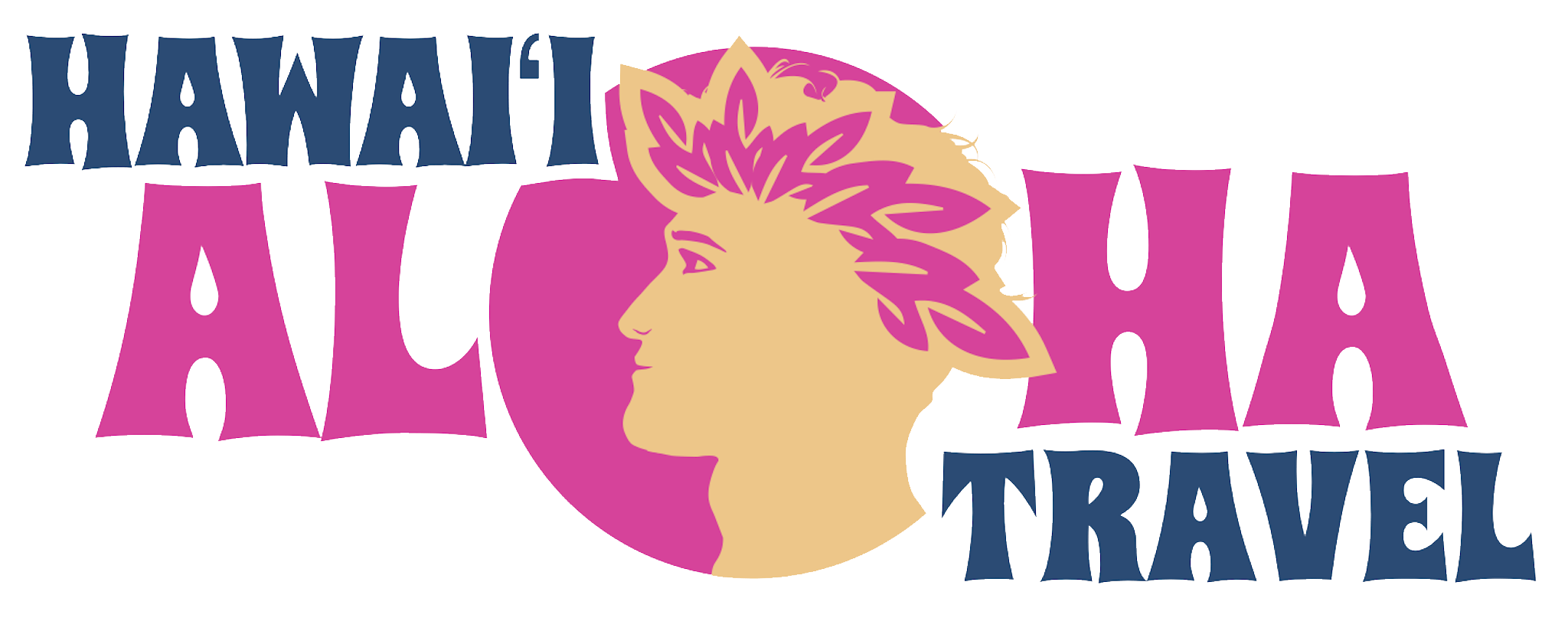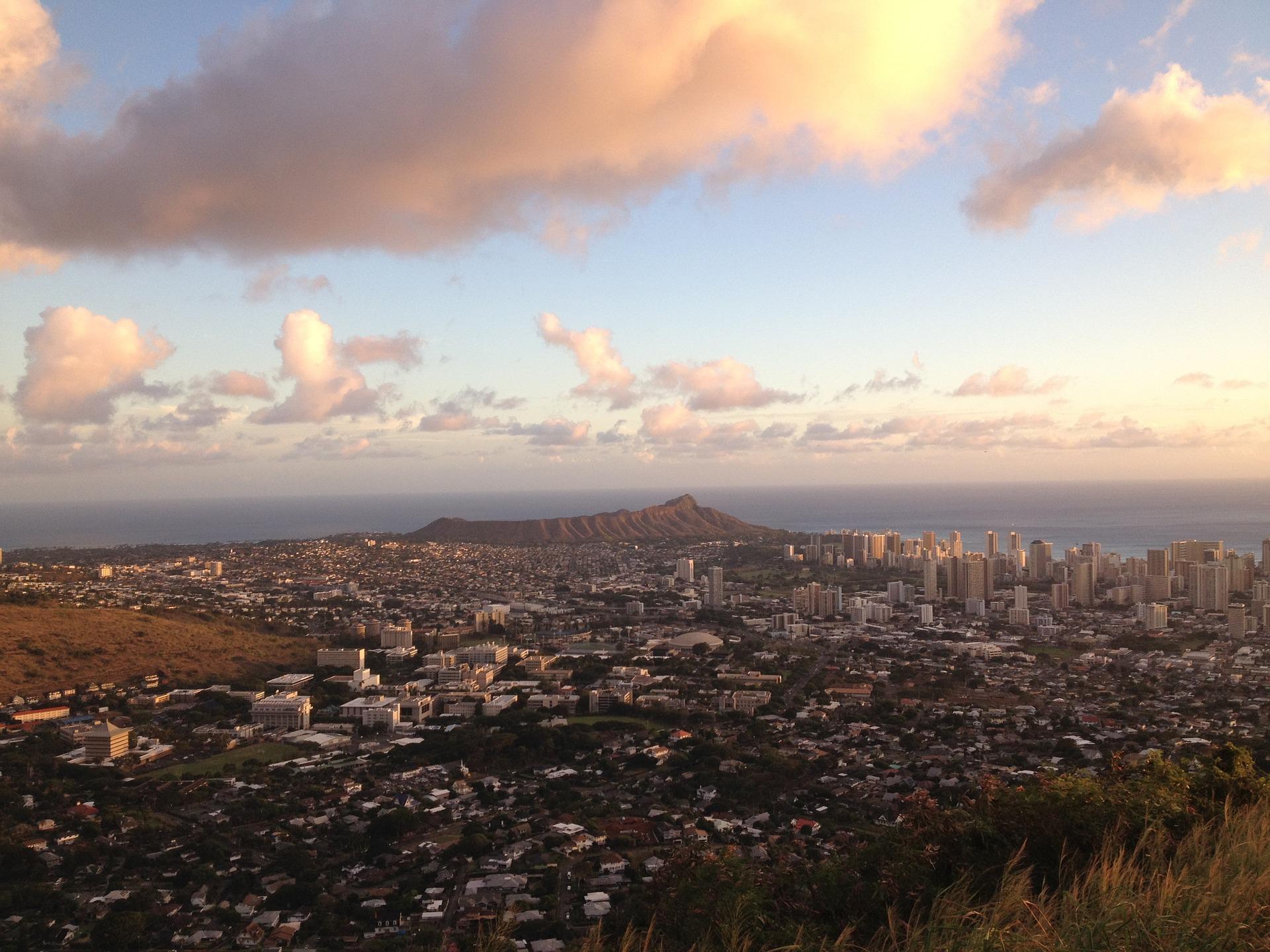Downtown Honolulu is very much a walkable city, which is great news for residents and visitors alike. It’s a little over six miles from the iconic Diamond Head State Monument to the heart of Downtown, a flat south-to-north stretch with several straight-line routes along Ala Moana Boulevard, King Street, and Beretania Street.
And along those routes are hundreds of local businesses that merit interest.
My “regular walk” is about two miles and typically includes stops along the way to chat with fellow downtowners who can leave the car at home and amble around on foot.
Waikiki
Waikiki, of course, is the most popular and pedestrian-friendly part of Downtown Honolulu. Much of the waterfront is accessible, and dining, shopping, and people-watching options are just about endless.
Simply put, you don’t need a car in Waikiki.
This area is also home to Kapiolani Park and Ala Moana Beach Park, both of which are ideal for fitness walkers and exercise enthusiasts.
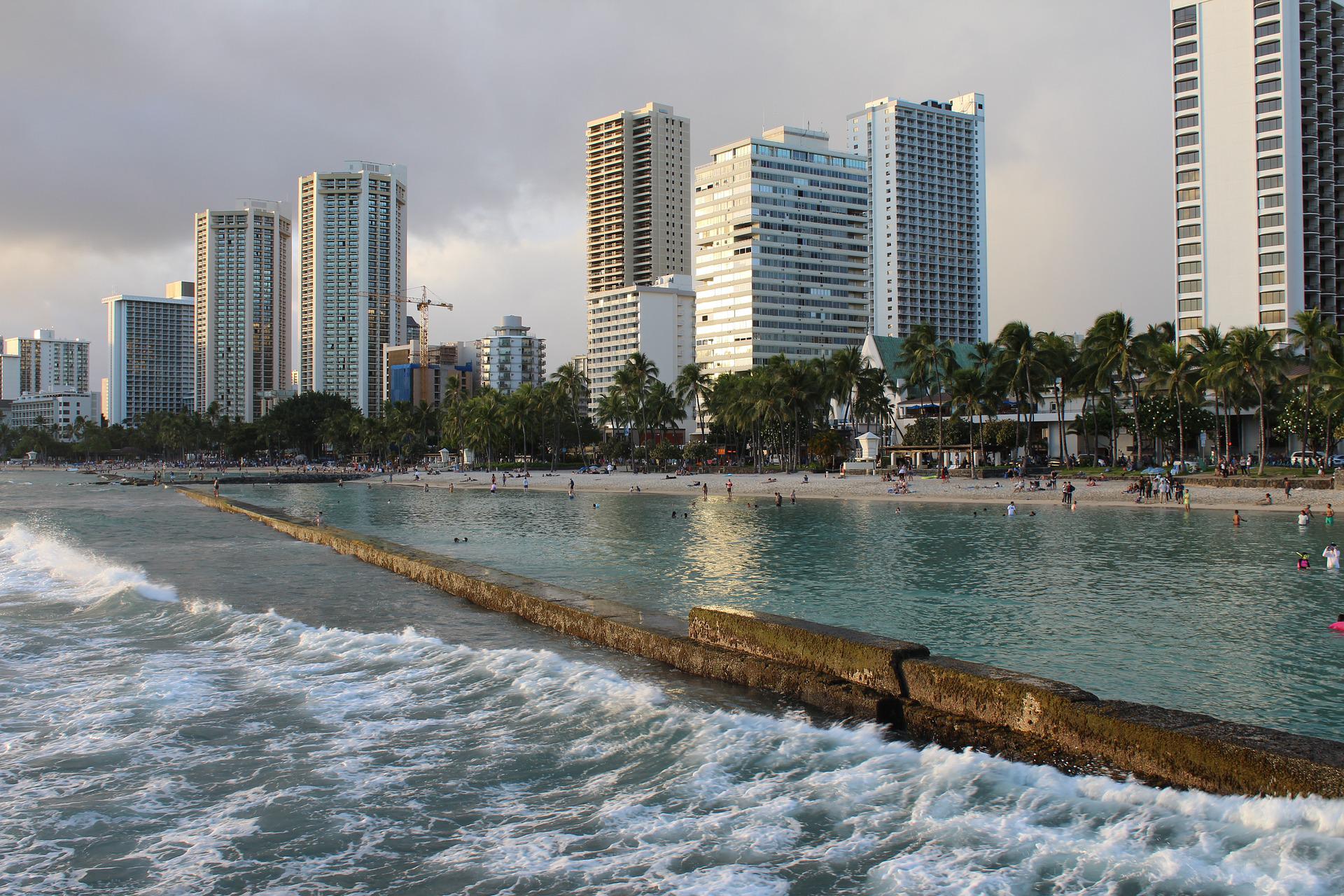
Kakaako
About halfway to Downtown is the rapidly developing enclave of Kakaako. Once a kind of industrial No Man’s Land, it’s been developed in the past two decades into a thriving retail, dining, and arts district. It’s an ever-growing (skyward) residential neighborhood, with many trendy restaurants, art galleries, and businesses popping up with it.
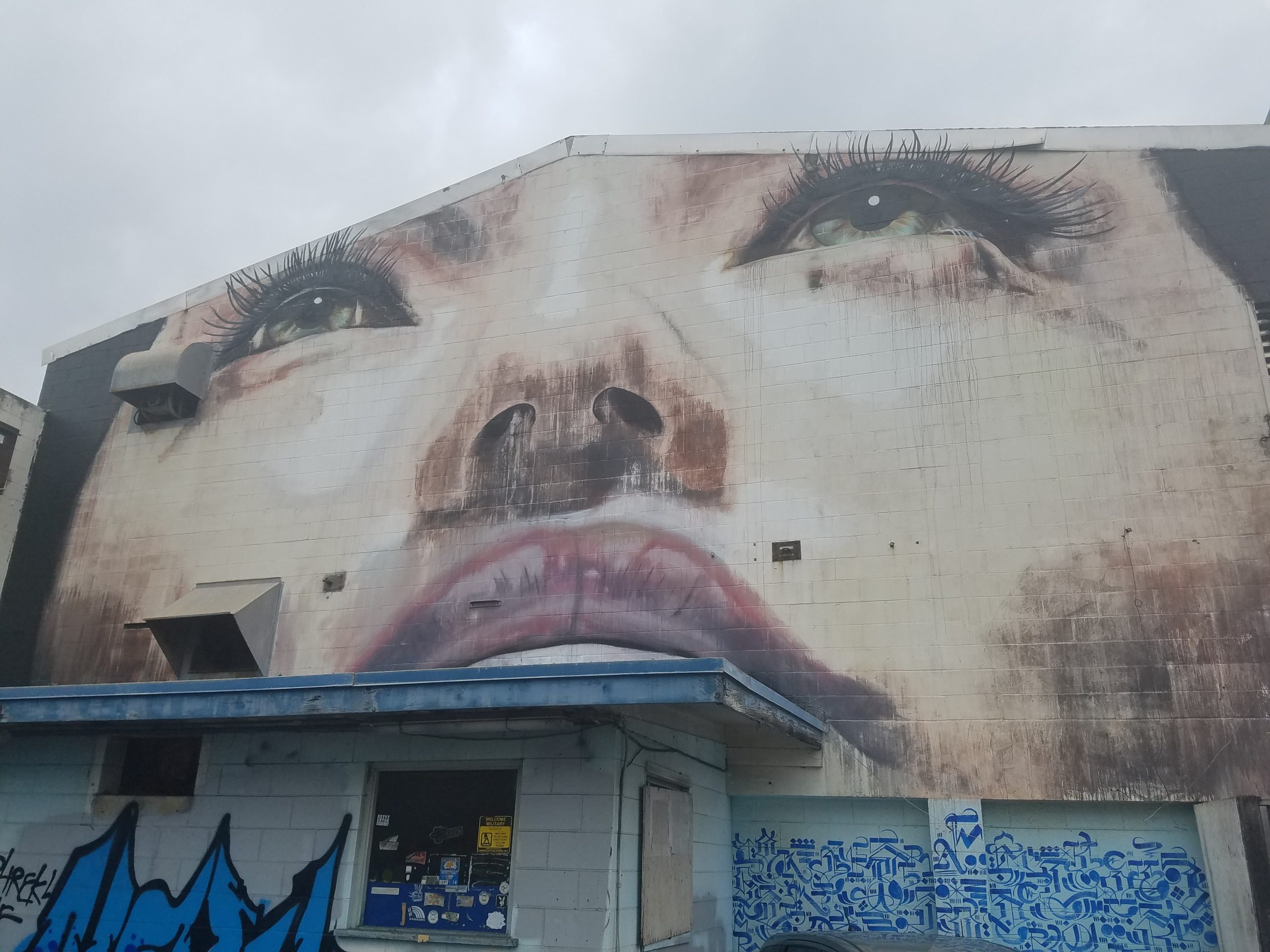
Downtown Honolulu
Downtown-proper starts around Punchbowl Street. And while the pandemic essentially cleared the streets and offices of the business district, anchor businesses like lei shops and restaurants survived (mostly), and new enterprises have opened and grown.
Visitors can spend an entire day experiencing historical sites and architecture like Iolani Palace, the Mission Houses Museum, and the Chinatown Arts District. Plus, there are dozens of options for food, coffee, or cocktails in Downtown Honolulu.
Feeling adventurous? How about a tattoo by an industry legend? Ok, maybe not that adventurous today. How about an exotic treat from a crack seed store?
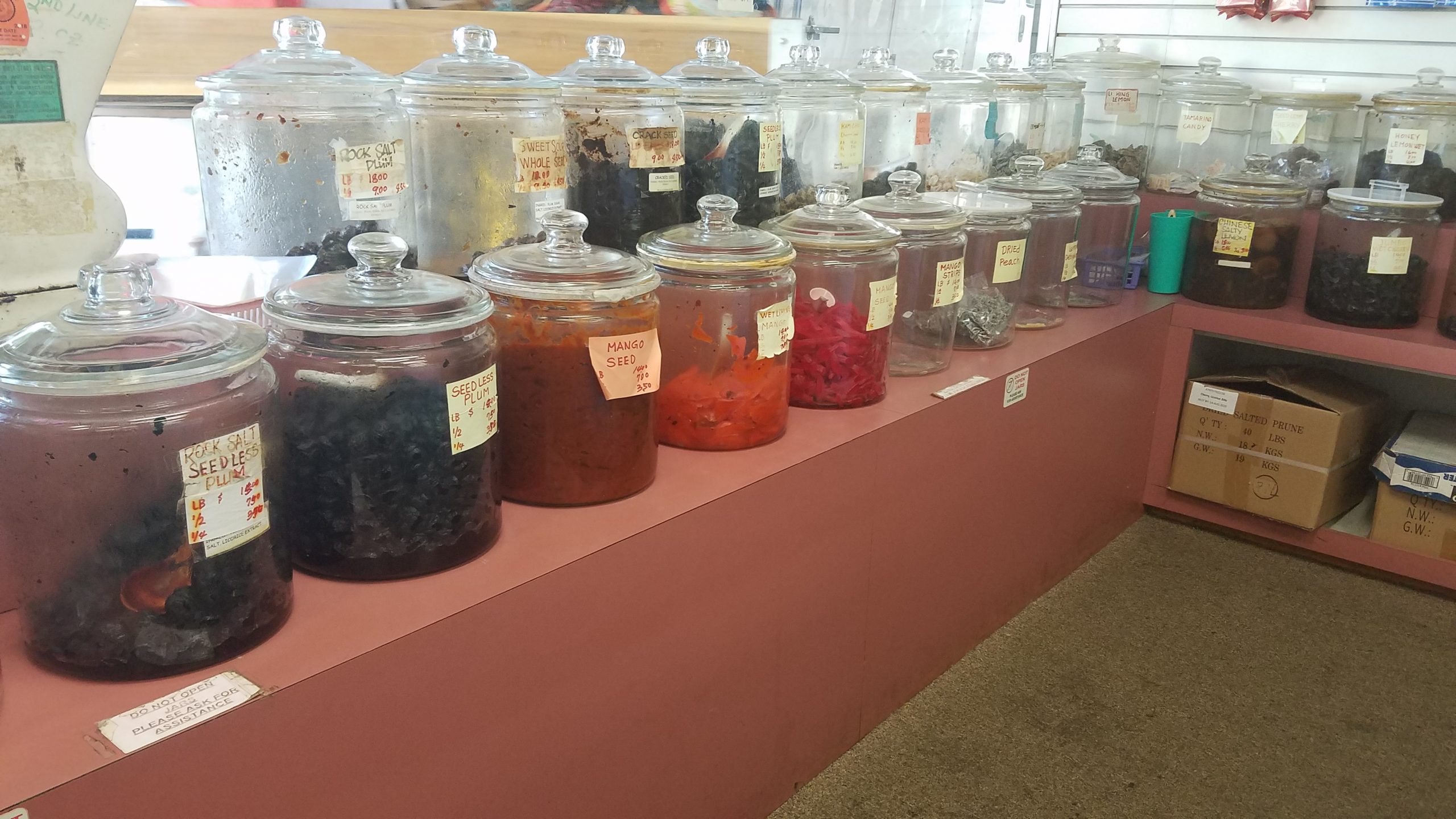
Kapahulu & Kaimuki
The neighborhoods of Kapahulu and Kaimuki are Waikiki-adjacent. Both are pedestrian-friendly and chock full of shops and restaurants. Kaimuki might be a bit far to walk to from Waikiki for most, but many residents do it every day. Of course, you can always get there on TheBus, hail a cab, or book a rideshare.
Beyond Downtown Honolulu
Getting to Oahu’s other popular neighborhoods and attractions involves finding transportation. No one is walking to the North Shore from Waikiki or plodding over the Pali Highway to Kailua Town on foot.
It’s about a half-marathon from Waikiki to Hanauma Bay at the far end of East Honolulu, and at least double that distance to West Oahu’s nearest beaches.
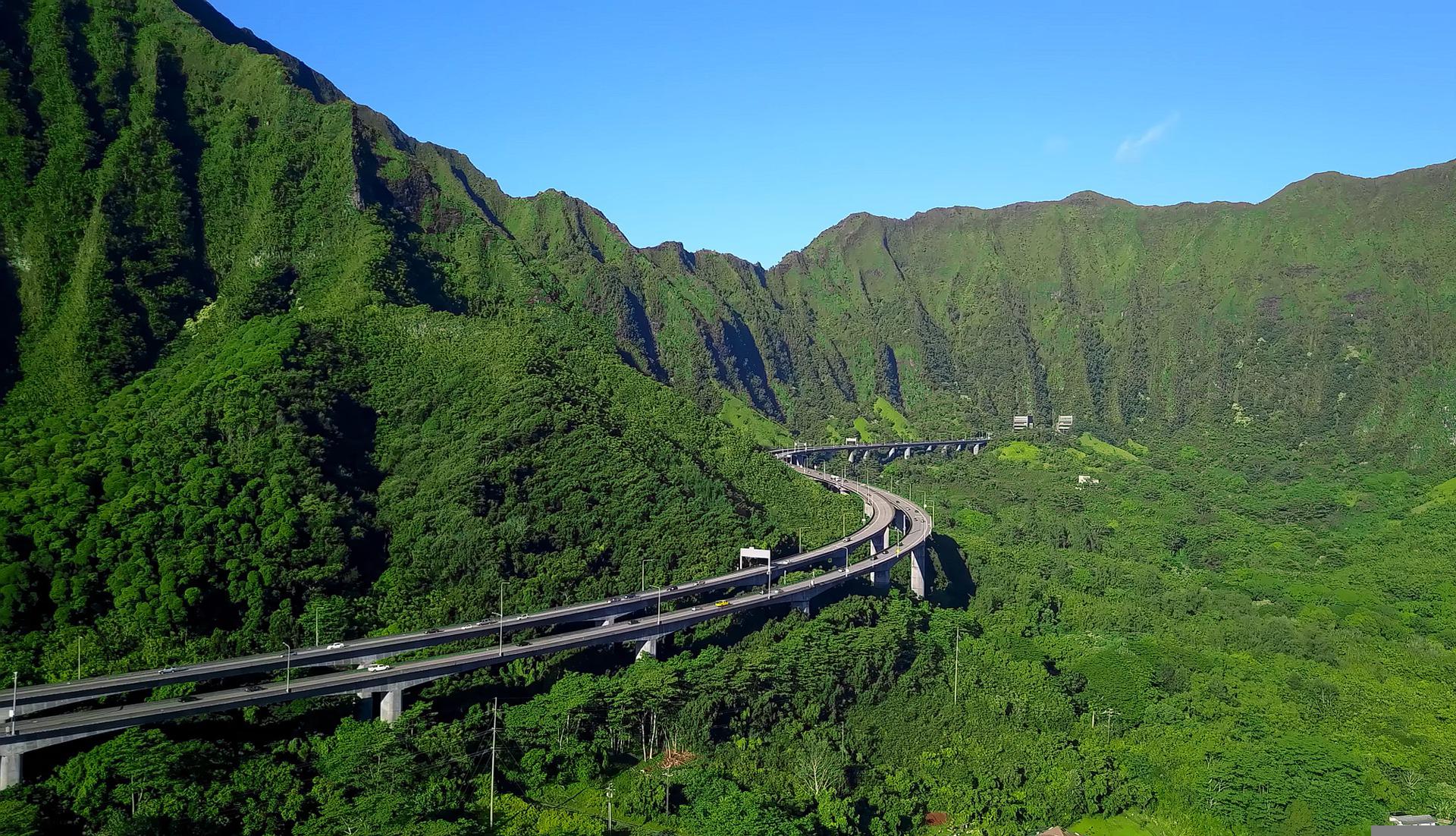
Exploring on Foot
To experience downtown Honolulu, you needn’t rent a vehicle. It’s a good thing to know when budgeting for an Oahu vacation. With some local knowledge and savvy planning, you can go days without paying for a car you don’t need and the prohibitive parking fees you’re likely to face.
Want customized travel advice for your vacation? Hawaii Aloha Travel is here to help.
